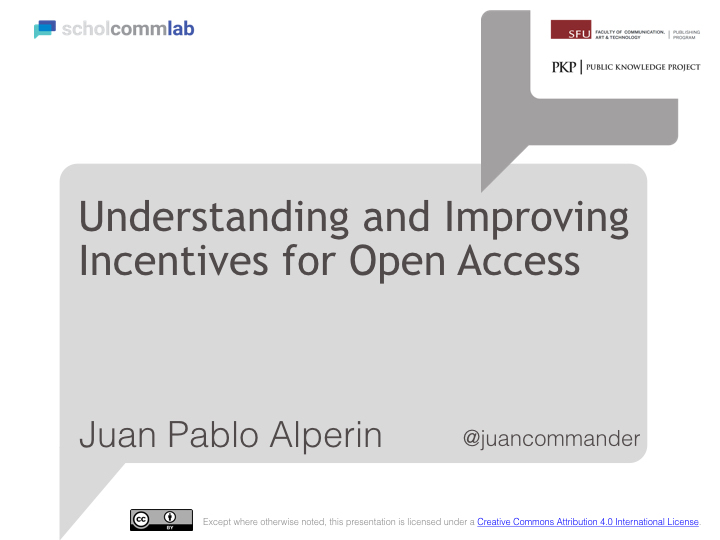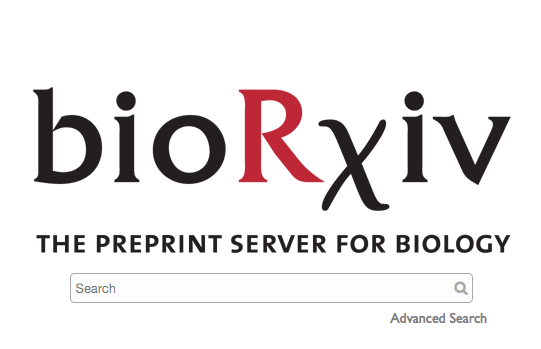
Keynote presented by Juan Pablo Alperin at the first United Nations Open Science Conference on November 19, 2019, organized by the UN Dag Hammarskjöld Library and the Scholarly Publishing and Academic Resources Coalition ( SPARC ). Good morning. It is a true honour to be here and have an opportunity to share with you my thoughts on policies and incentives for open science.









